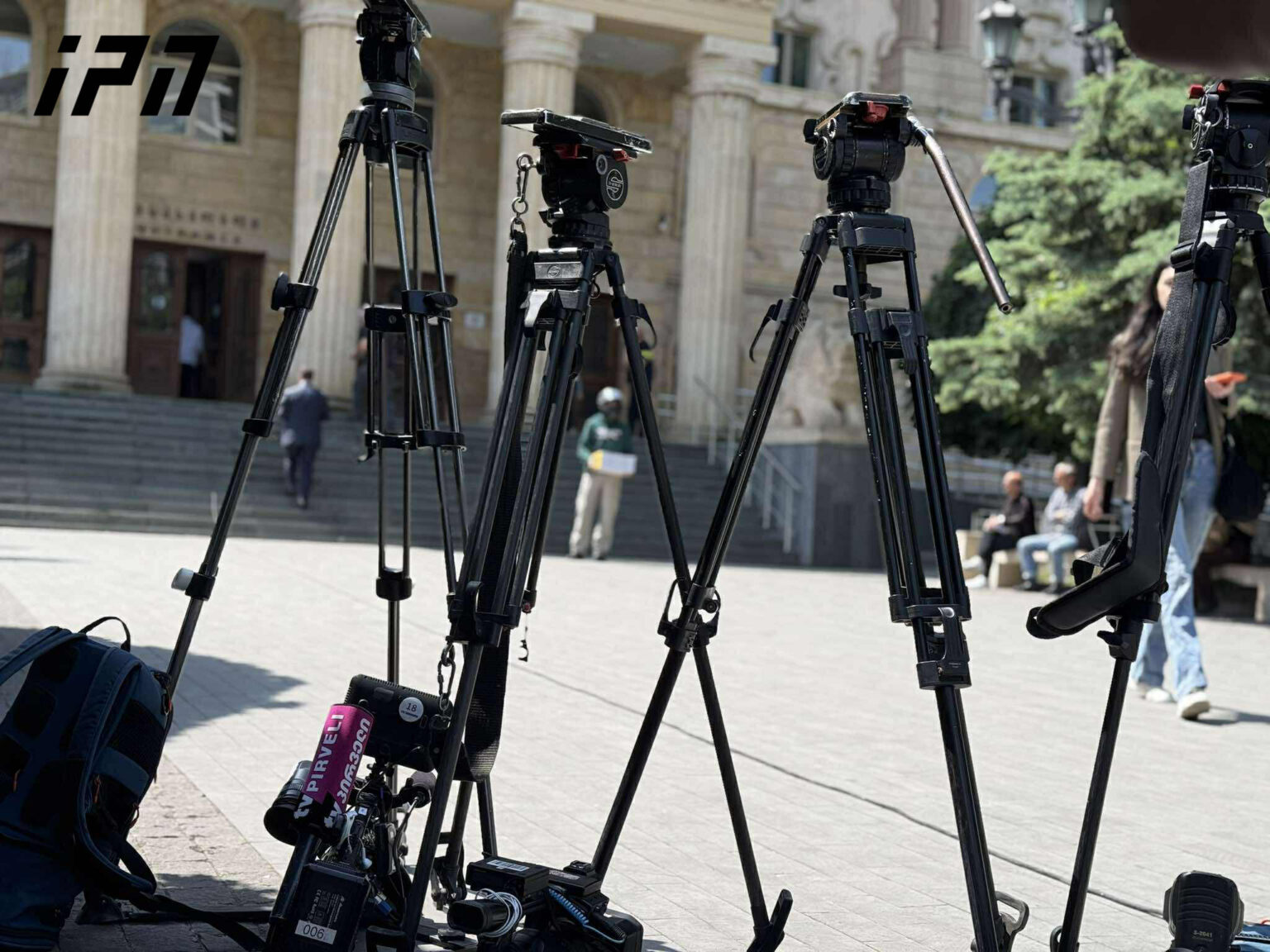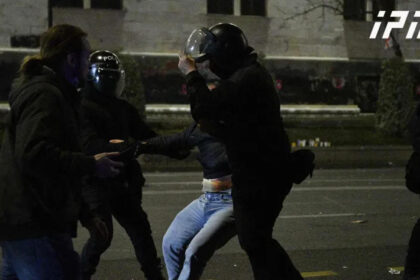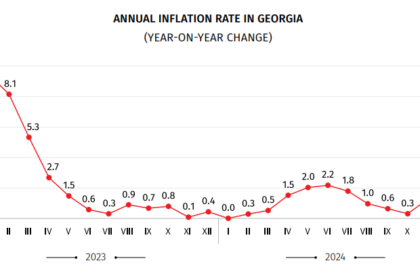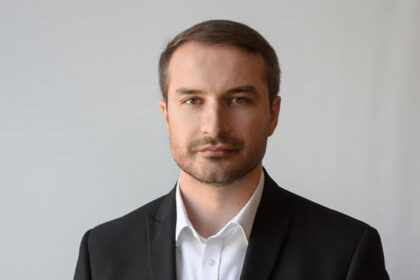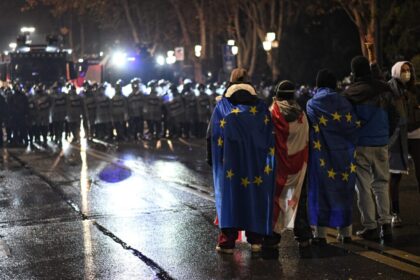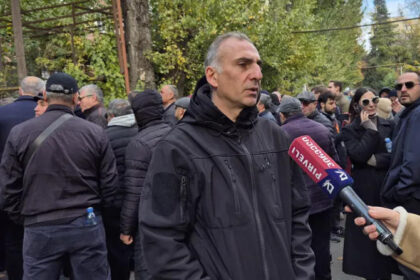**Georgia’s Courts to Get a Breather from Live Media Coverage**
In a move aimed at preventing disruptions in court proceedings, Georgia has amended its laws to restrict live media coverage of court sessions. The changes, which come into effect immediately, mean that only the High Council of Justice will be allowed to make decisions on whether to allow photo and video recordings during a trial.
The initial proposal had suggested that judges could decide on a case-by-case basis whether to permit video and audio recording of court sessions. However, this has been revised in favor of giving the High Council of Justice sole authority over such matters.
Archil Gorduladze, Chairman of the Legal Issues Committee and one of the authors of the draft law, explained that the goal is to ensure that courts can function smoothly without interference from the media or other external factors. “The main thing for which the court exists is for justice to be administered,” he said. “We want to create an environment where judges can make decisions in peace and where people have the opportunity to freely protect their rights.”
Gorduladze emphasized that public awareness is crucial, but this should not come at the expense of disrupting court proceedings. “If the media wants to record interviews with specific parties, they are free to do so anywhere,” he said. “But the courtroom should not be a place for entertainment.”
The High Council of Justice has a constitutional obligation to make decisions regarding the organization of courts, and Gorduladze stressed that these new amendments are aimed at preventing interference in the court’s activities. “The decision-making by the High Council of Justice cannot in any way be an interference in the activities of the court,” he said.
The changes also allow courts to disseminate relevant footage themselves, further emphasizing the need for a more controlled environment during court proceedings.
**What This Means**
In practical terms, these amendments mean that only the High Council of Justice will have the authority to decide whether to allow photo and video recordings during a trial. This is seen as a way to prevent disruptions in court sessions and ensure that judges can function without external pressures or distractions.
The changes also reflect a broader shift towards prioritizing the smooth functioning of courts, rather than relying on media coverage for public awareness. While this may be a blow to some media outlets, it is clear that the authorities are keen to maintain order in the courtroom.
As Gorduladze noted, there is no shortage of ways for the media to cover court proceedings without live recordings from within the courtroom itself. This new approach should provide courts with a much-needed breather from the pressures of live media coverage.




